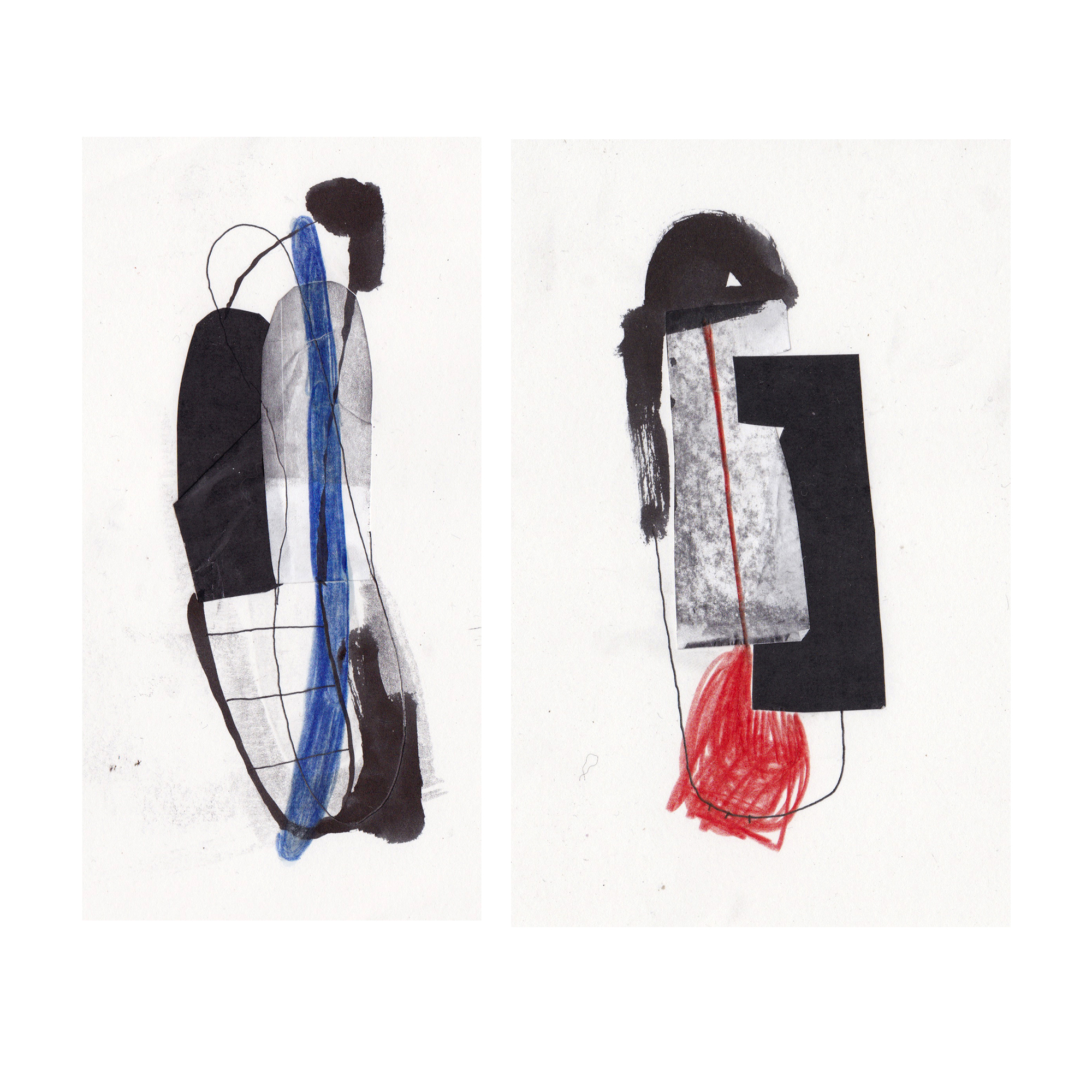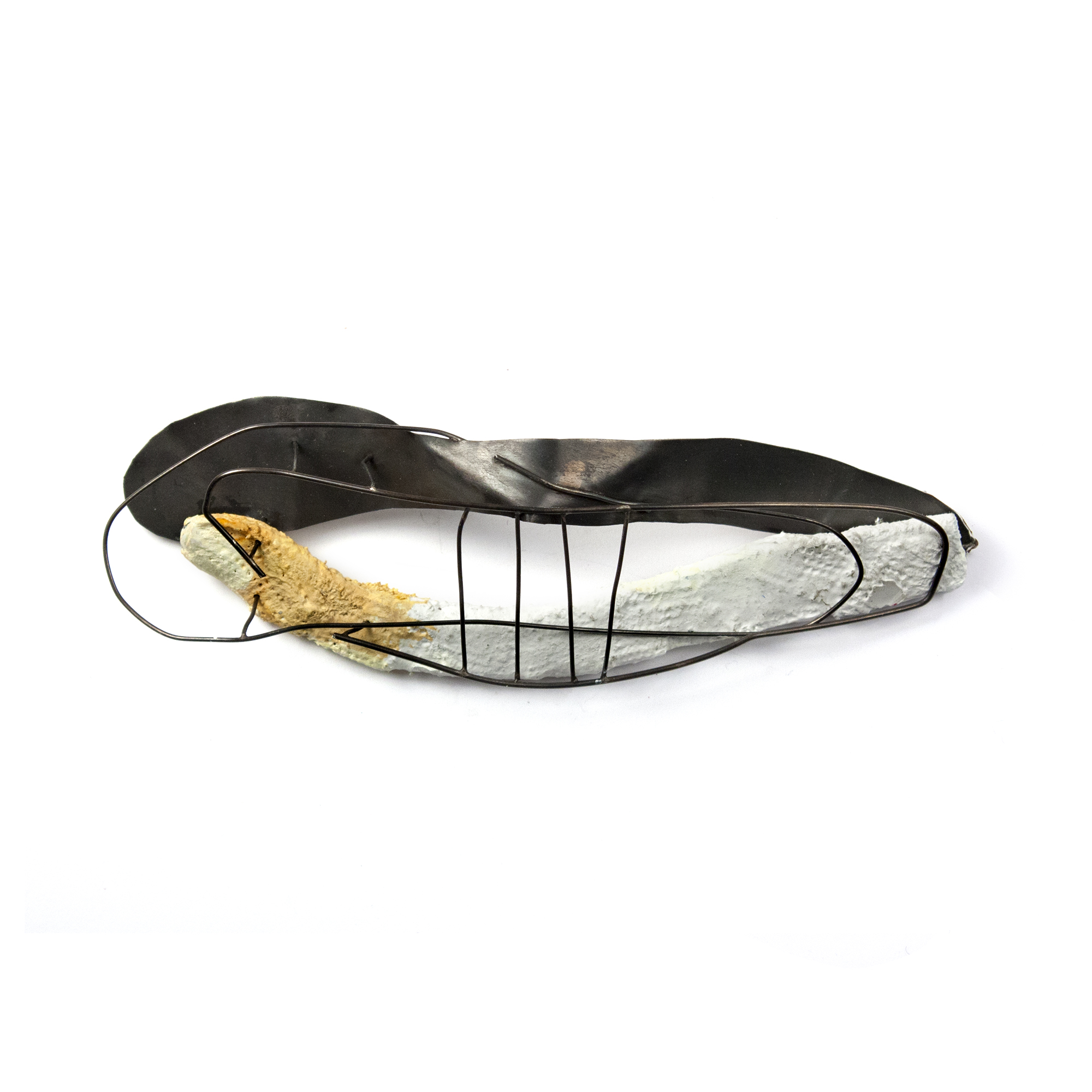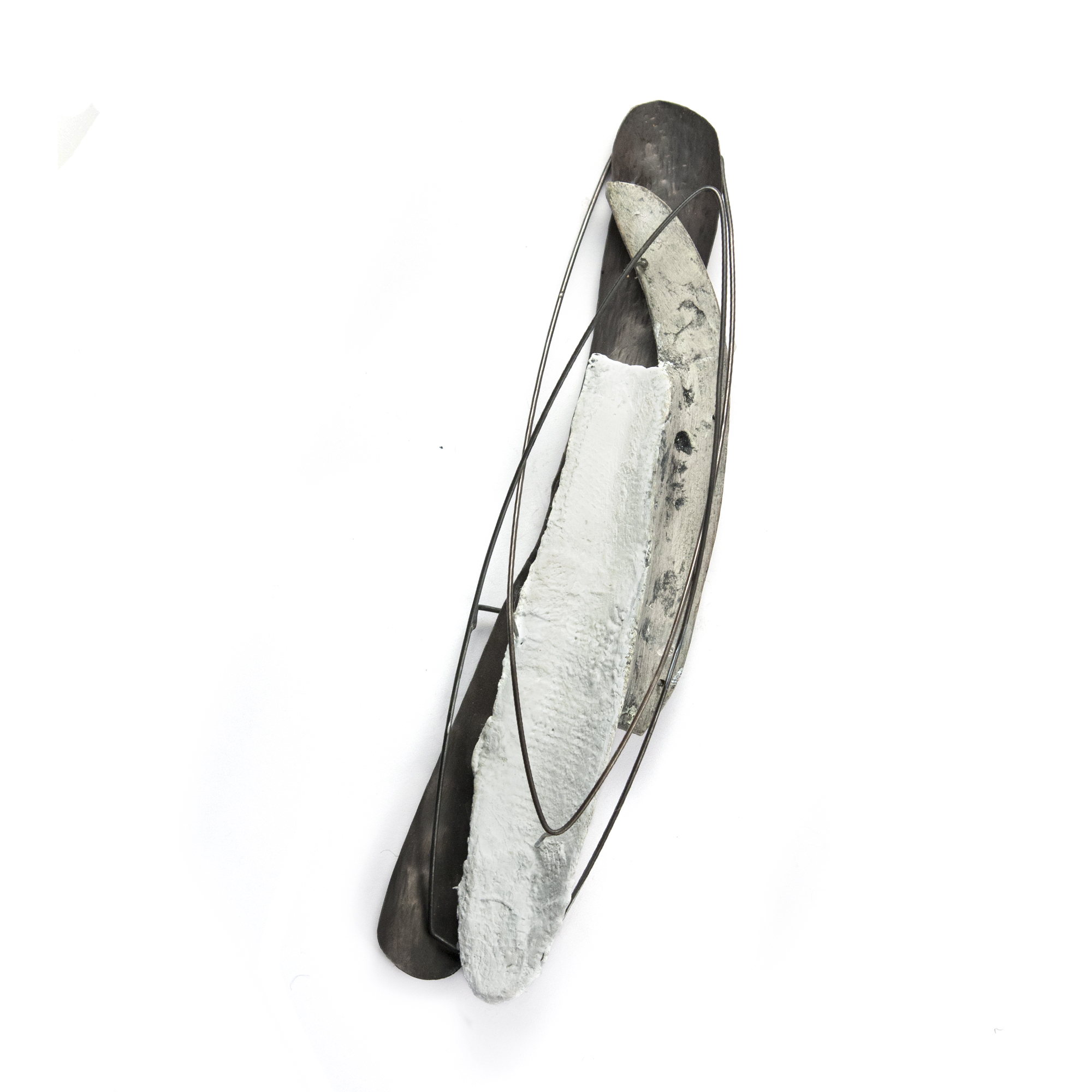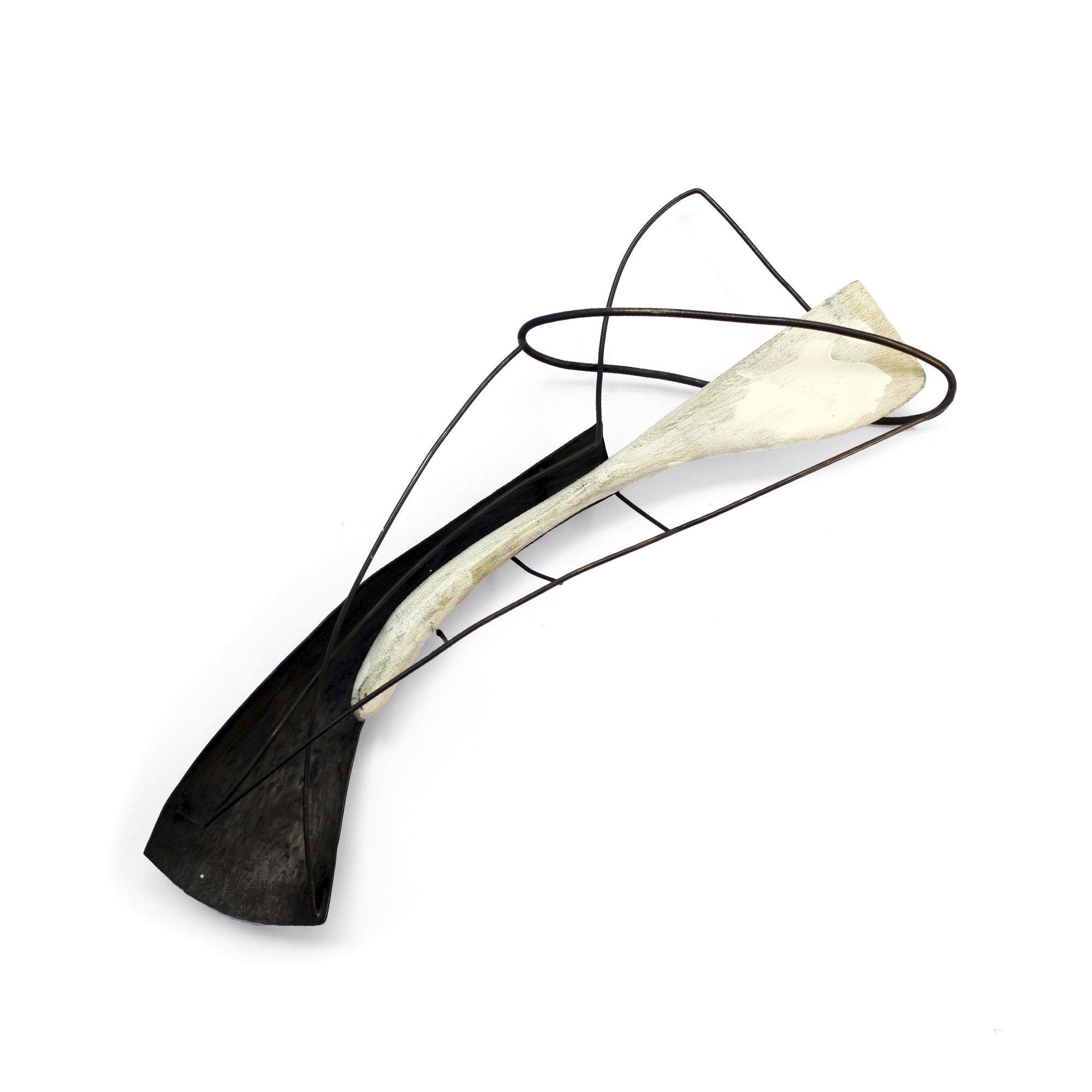

This collection is based on the recurring theme of water. Water, viewed from a spiritual perspective, represents emotions. In the symbolism of tarot cards, whenever this element appears, the message will be related to the emotional world of the person. This is the starting point from which these brooches emerge, literally illustrating someone who is emotional, whether alone or accompanied, anonymous figures in which we can all see ourselves reflected. Acts of crying or holding back, the reluctance to see or share emotions, the space they occupy, and how they affect our bodies are some ideas that arise in the process of creating them.
This collection is based on the recurring theme of water. Water, viewed from a spiritual perspective, represents emotions. In the symbolism of tarot cards, whenever this element appears, the message will be related to the emotional world of the person. This is the starting point from which these brooches emerge, literally illustrating someone who is emotional, whether alone or accompanied, anonymous figures in which we can all see ourselves reflected. Acts of crying or holding back, the reluctance to see or share emotions, the space they occupy, and how they affect our bodies are some ideas that arise in the process of creating them.




In these collections, accidents take on great importance, giving primacy of place to the broken, the worn and disfigured materials that capture a moment and reveal to us the beauty of the ethereal. The works challenge our ideas concerning distinctions in art. Shattering the walls that oppress us and bridging the distance between what invigorates our home and adorns our bodies. The observer signals her openness to breaking these barriers, undoing the learning, even to abandon what is supposed to be correct. It may frigten us but can as well lead us to freedom.








In these collections, accidents take on great importance, giving primacy of place to the broken, the worn and disfigured materials that capture a moment and reveal to us the beauty of the ethereal. The works challenge our ideas concerning distinctions in art. Shattering the walls that oppress us and bridging the distance between what invigorates our home and adorns our bodies. The observer signals her openness to breaking these barriers, undoing the learning, even to abandon what is supposed to be correct. It may frigten us but can as well lead us to freedom.






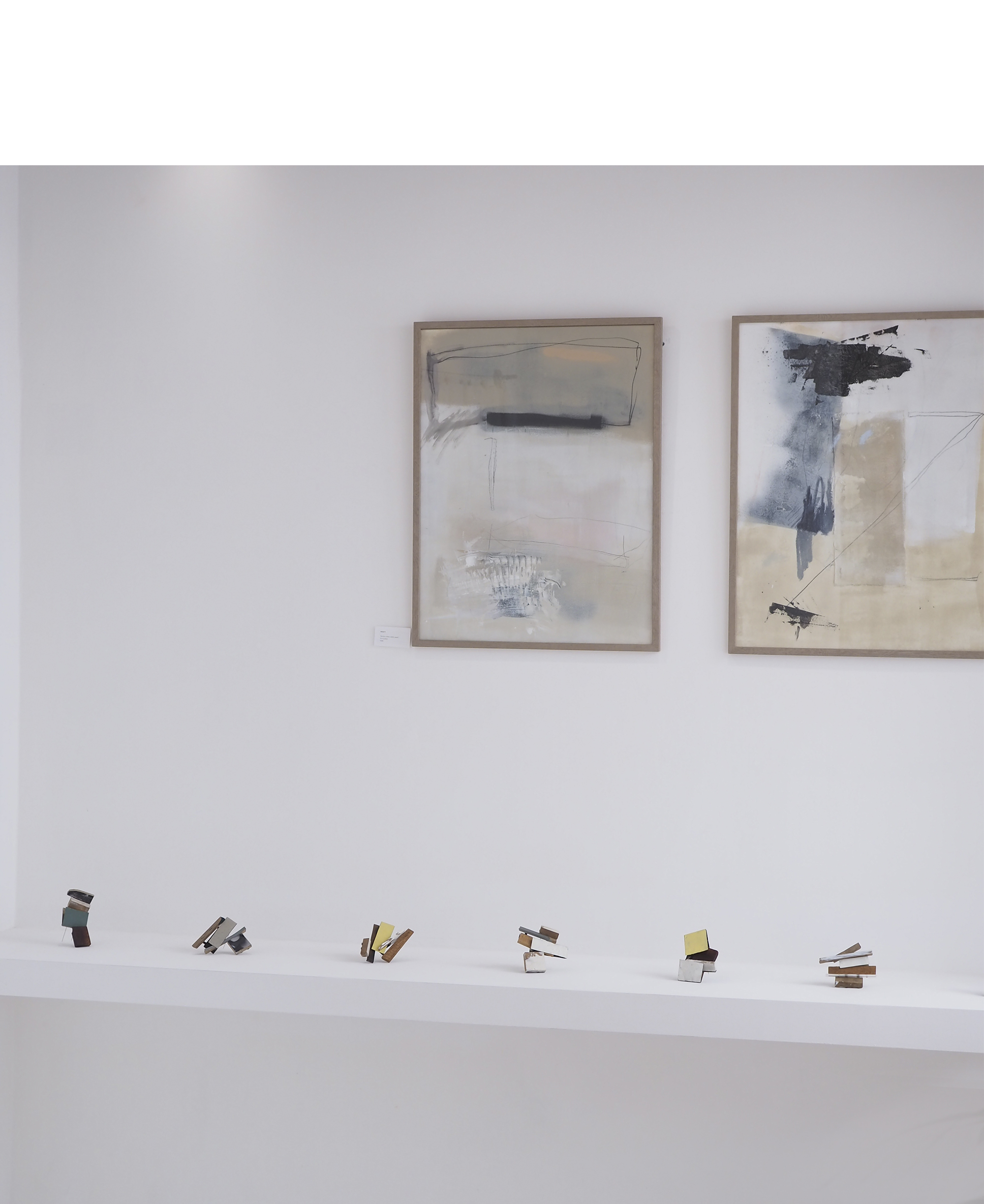



We walk accelerated through Barcelona, not noticing the rubbish and debris piled up in the city corners. We are a blind society that has given up the struggle and accumulates its disasters in the streets, turned into sad compositions of spoils whose stories only a few observers stop to listen to: who inhabited those now empty houses. Who reforms them and for what purpose. Who will be the new tenants and where will the former tenants go with all their memories. We then discover that the waste, the rubbish, are not those pieces of furniture and equipment, but all our society, who has chosen to put a blindfold on its eyes and turn blind to its own rot. And we discover there’s some- thing worse than being blind: choosing not to look.
We’ve turned the blindness into a habit. We’re all so blind that we see waste where we should evoke memories, stories and victims. And we call society, progress and civilisation what we could define as pure and simple garbage.

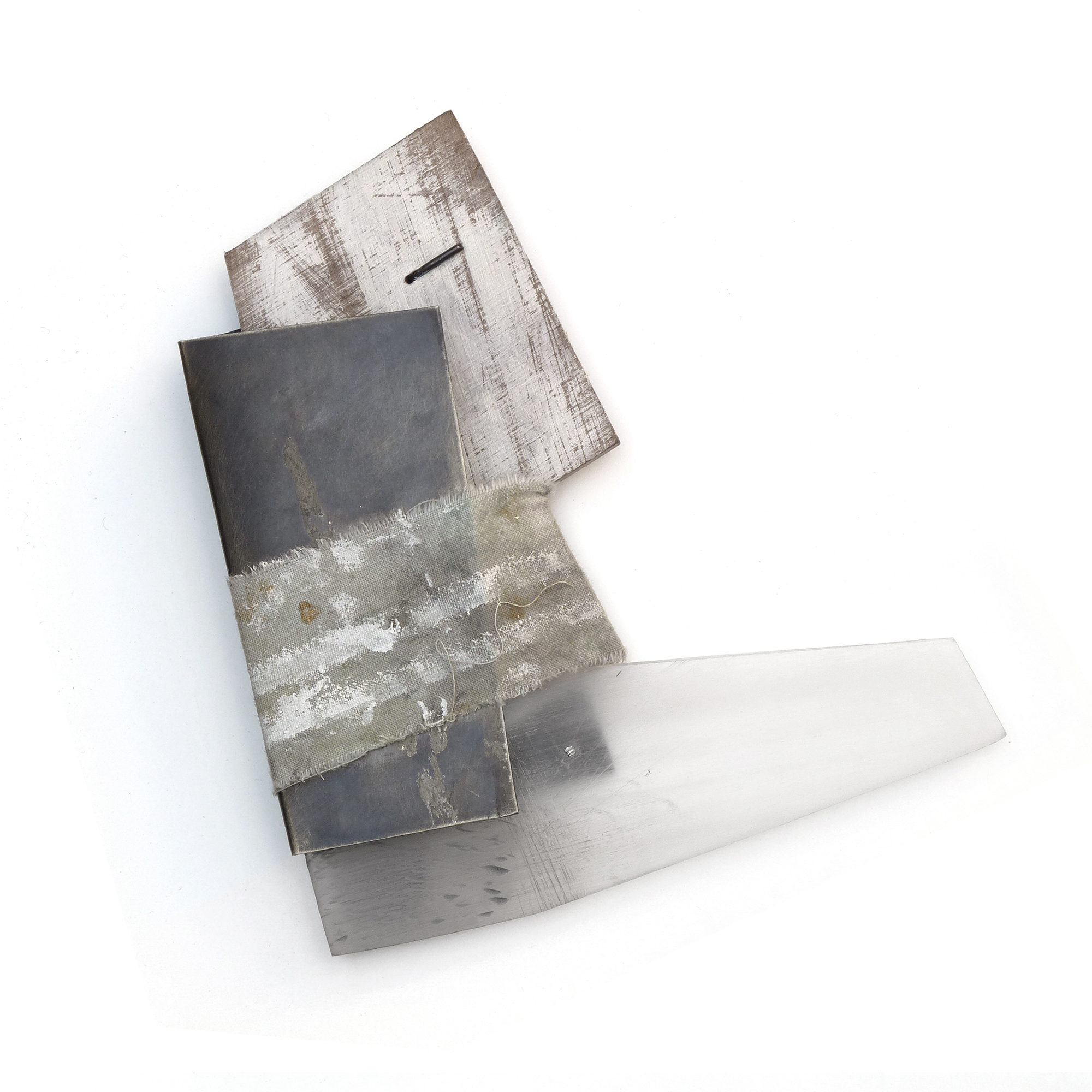





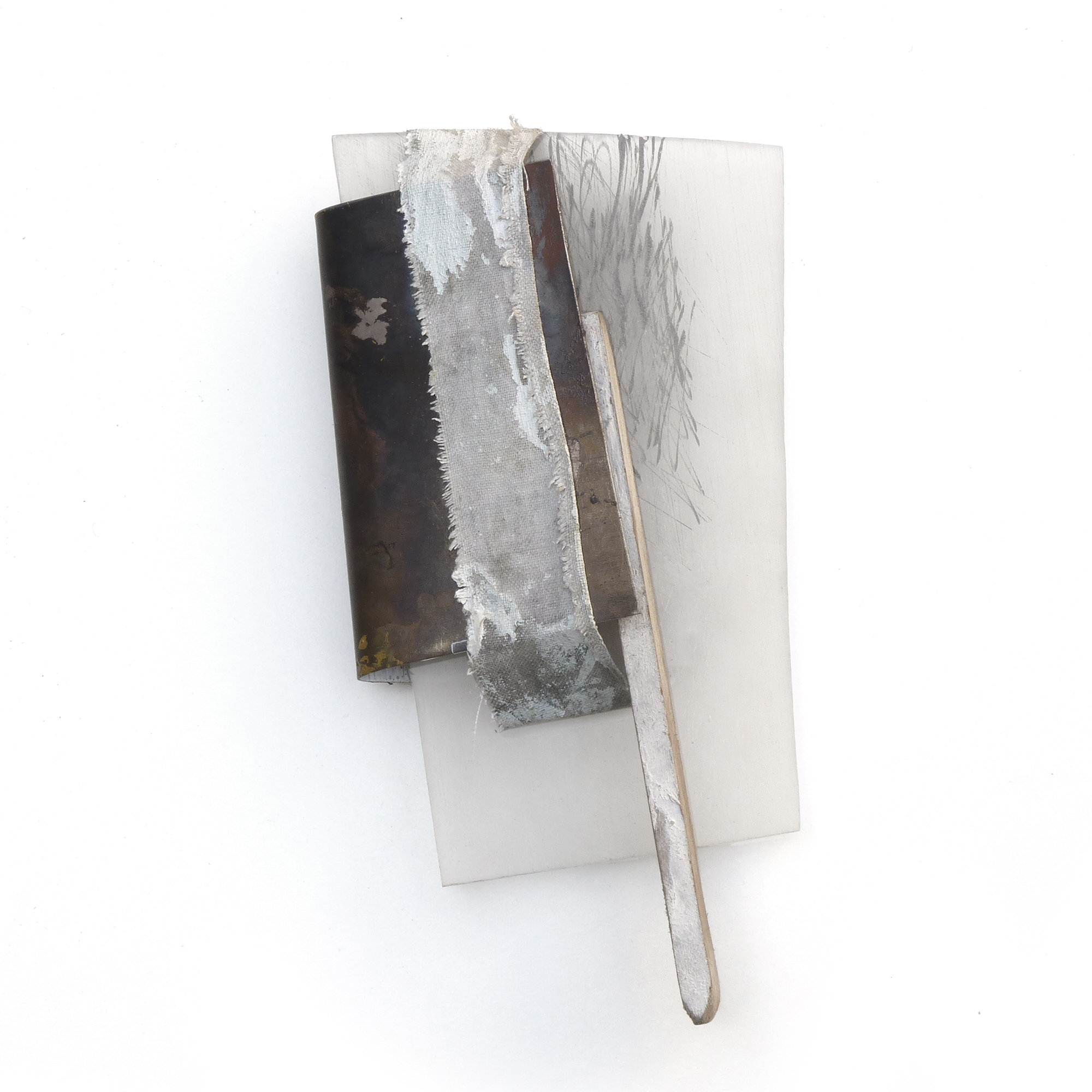
The lines blur, the colours fade behind the curtain. Light is part of your memory and it is the one that builds your most intimate space.
These pieces are collages of irrelevant materials and debris that builds fuzzy or invisible spaces. A metaphor of society and its inability to see important things. Deaf and short-sighted we walk through life guided by consumerism and fashions noise that prevent us from hearing when our hearts skip a beat. Shadows that cover the claims of others, storms of uncertainly and doubts.







La mujer en la historia se ha encontrado en una posición sumisa y sin libertad. La lucha para conseguir la igualdad ha sido motivo de manifestaciones, libros, conversaciones,.. que han logrado grandes cambios y libertades para nosotras. En la búsqueda de esa libertad la mujer se ha masculinizado. Intentando estar al mismo nivel profesional, familiar y social, nos olvidamos de nuestra feminidad, nuestras capacidades y nuestra libertad. Seguimos en una sociedad patriarcal cubierta de un falso progresismo, juzgando a las mujeres por sus decisiones y actitudes, ocultando sus miedos y problemas reales.
*Las fotografías de colodión son los deshechos del artista Martí Ardinach.
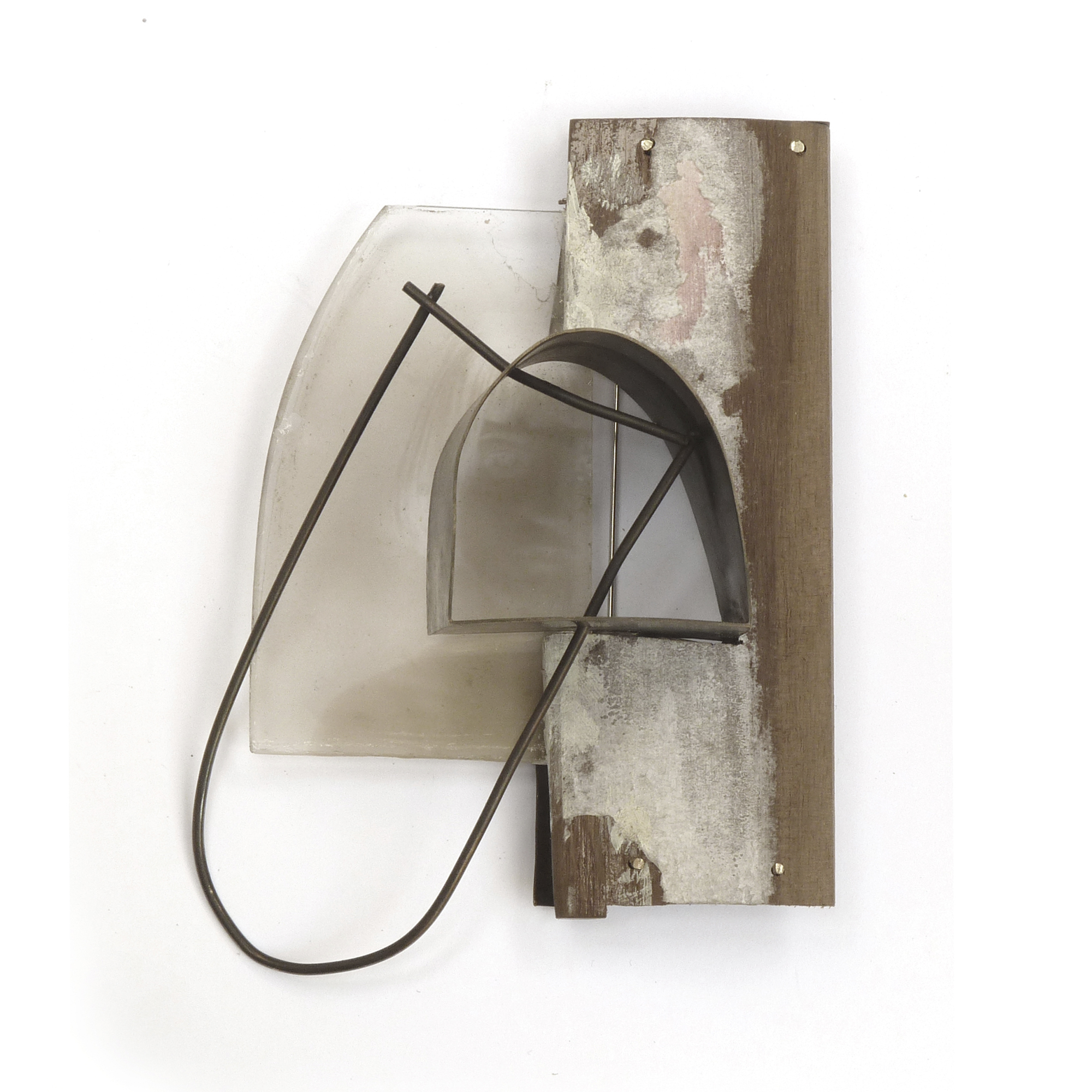


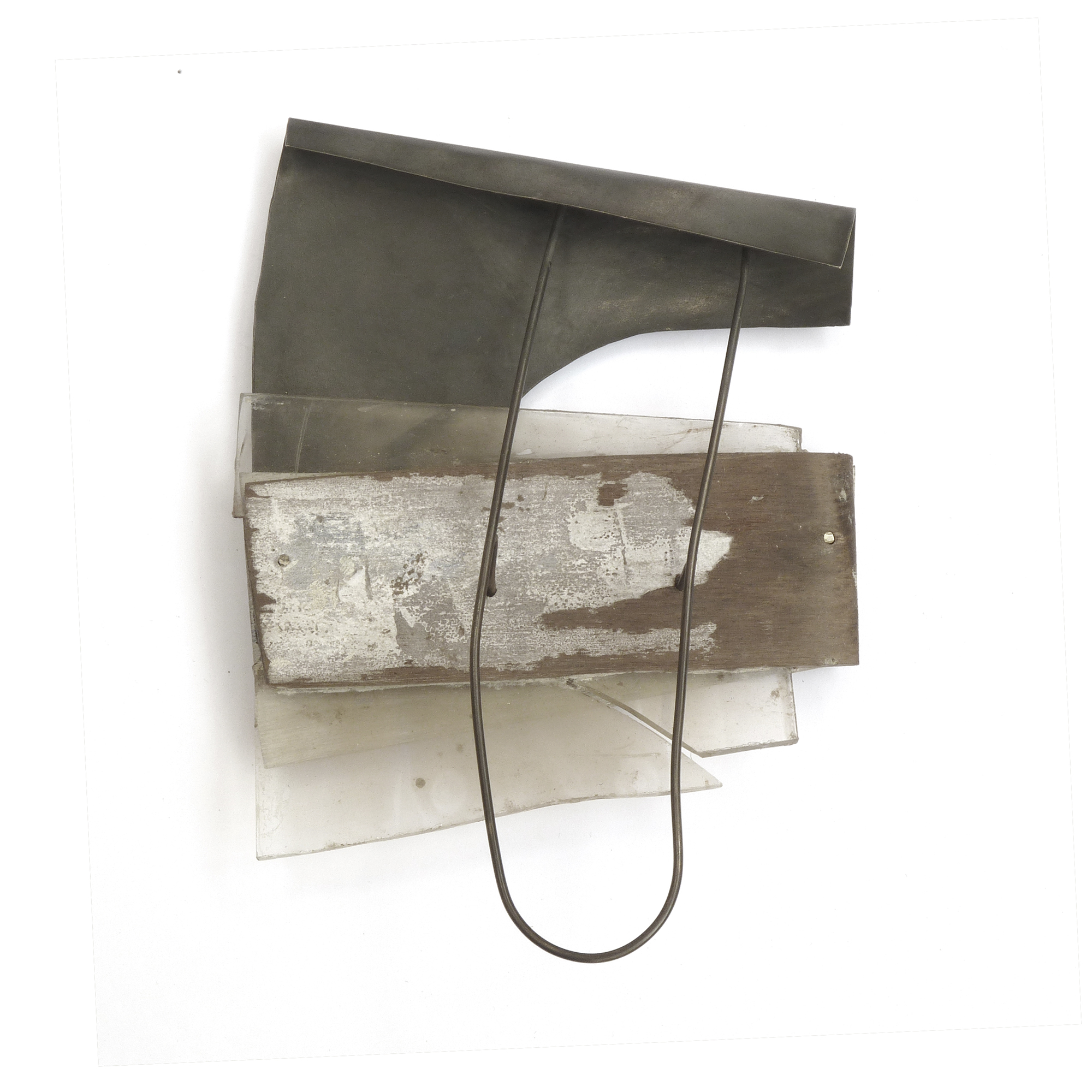



I walk on ocher and I observe monumental greens that stain the sky with its crossed forms. The breeze whirls my hair and leaves its polluted fragrance. In the distance, you can see a city trying to be hidden, a reality of fumes and metals. I dig through yellows, browns and reds, chatting with leftovers of daily chores, secrets of our ancestors,...All this belongs to the roots of this oasis, which lies about our location for a few seconds. However, we are still in the city.
We continue breathing noise.
Hearing shit.
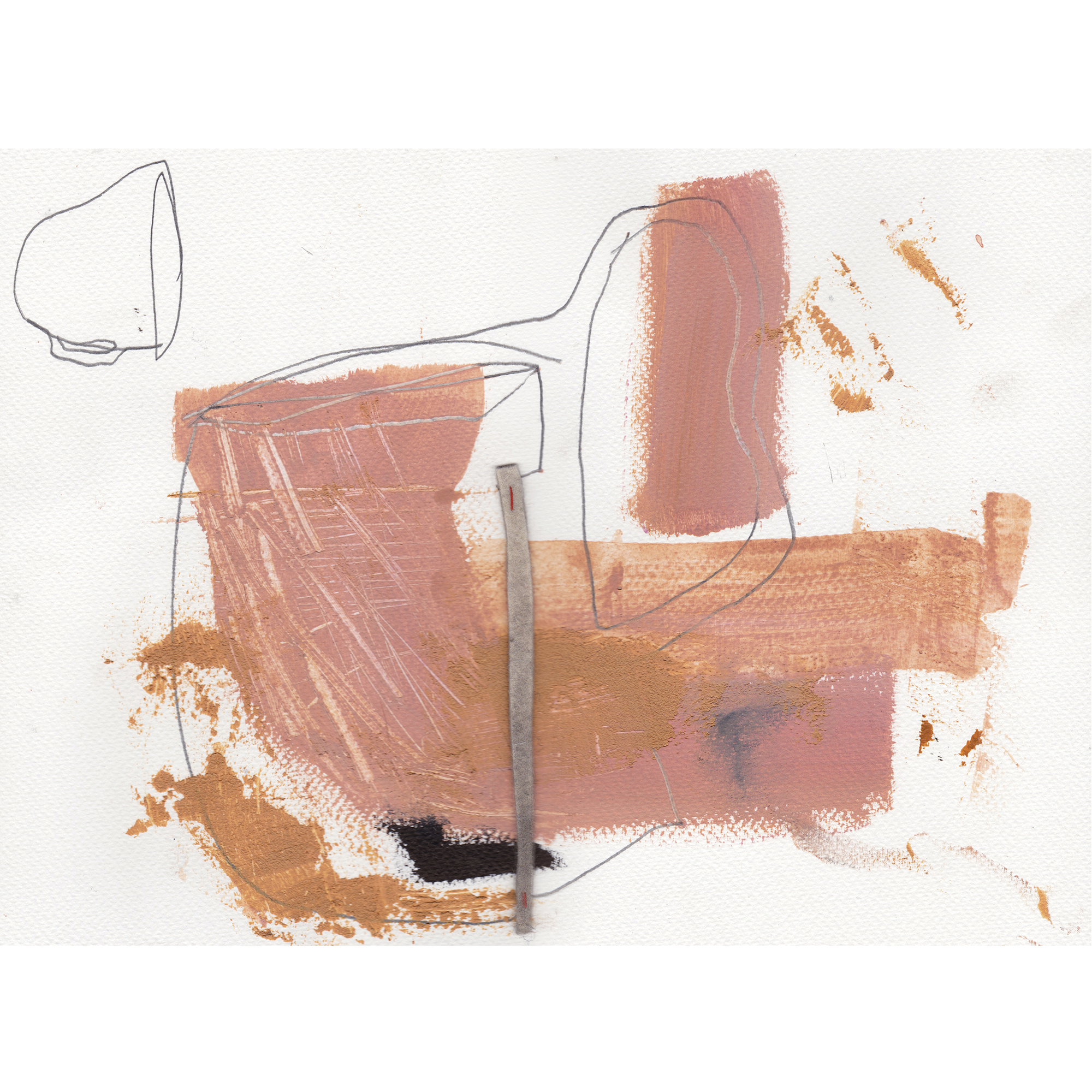











I see tools as objects which, due to their use, have suffered a transformation: stains, dents and imperfections, just like wrinkles and marks that the passing of time and life experience leave on us. At the same time, I create tools to speed up processes, make them multifunctional or more aesthetic. These tools will transform the way of working and, therefore, the future results. These tools are jewels themselves that accompany the creator.



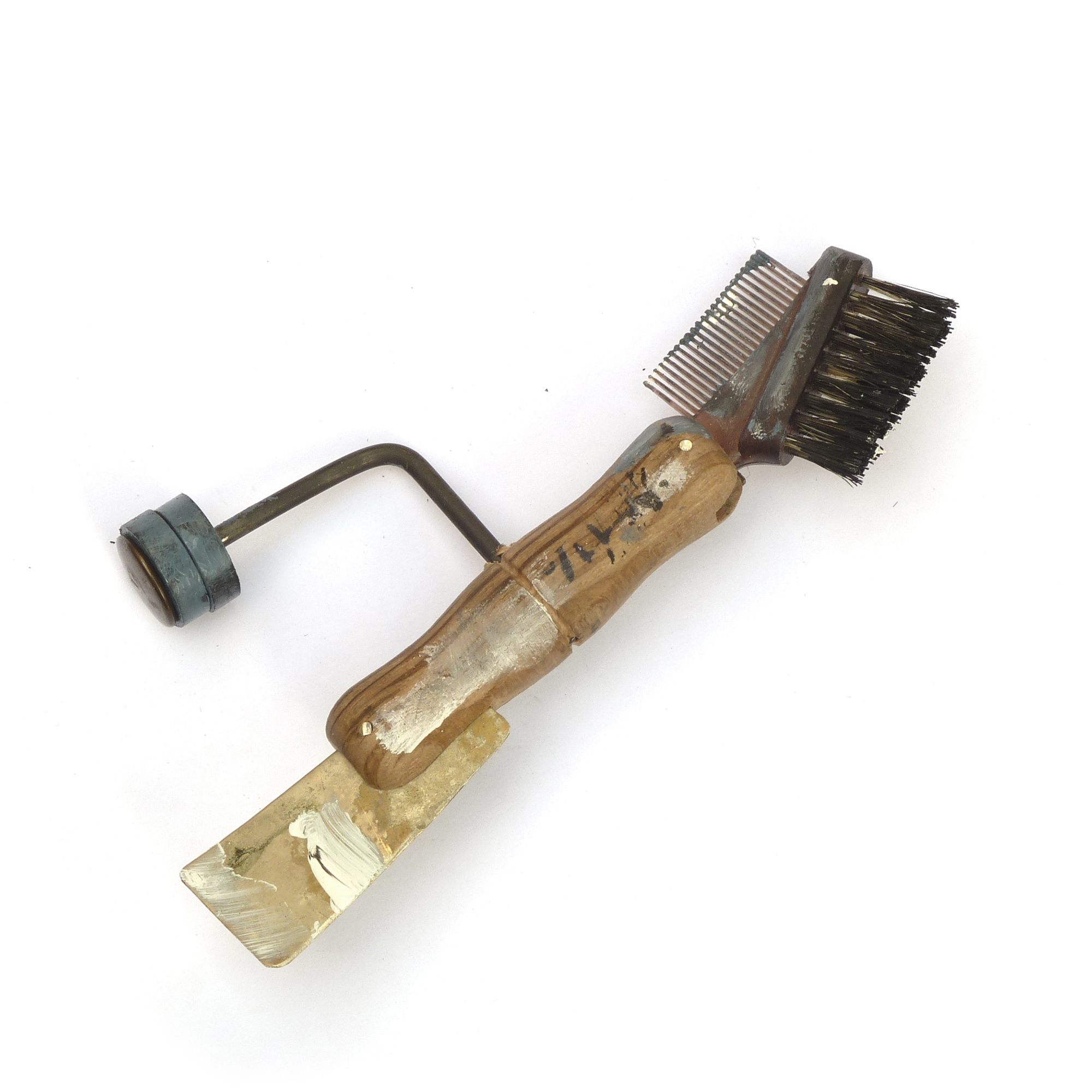

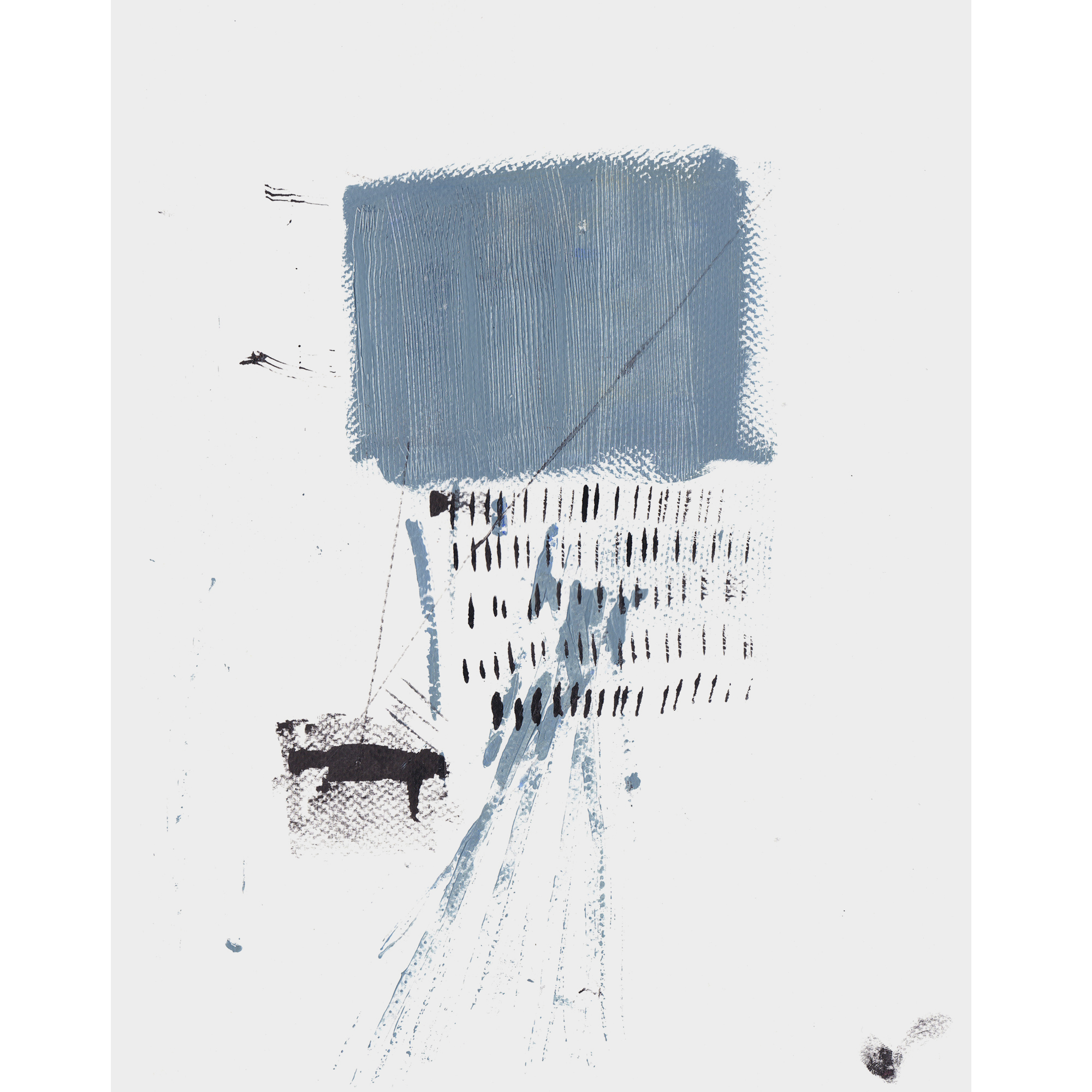






(The light make the darkness)
The light enters through a crack in the bedroom caressing the objects, sensing the figures, redrawing its shadows. The gaze travels along the silhouettes, contemplating them from memory.

